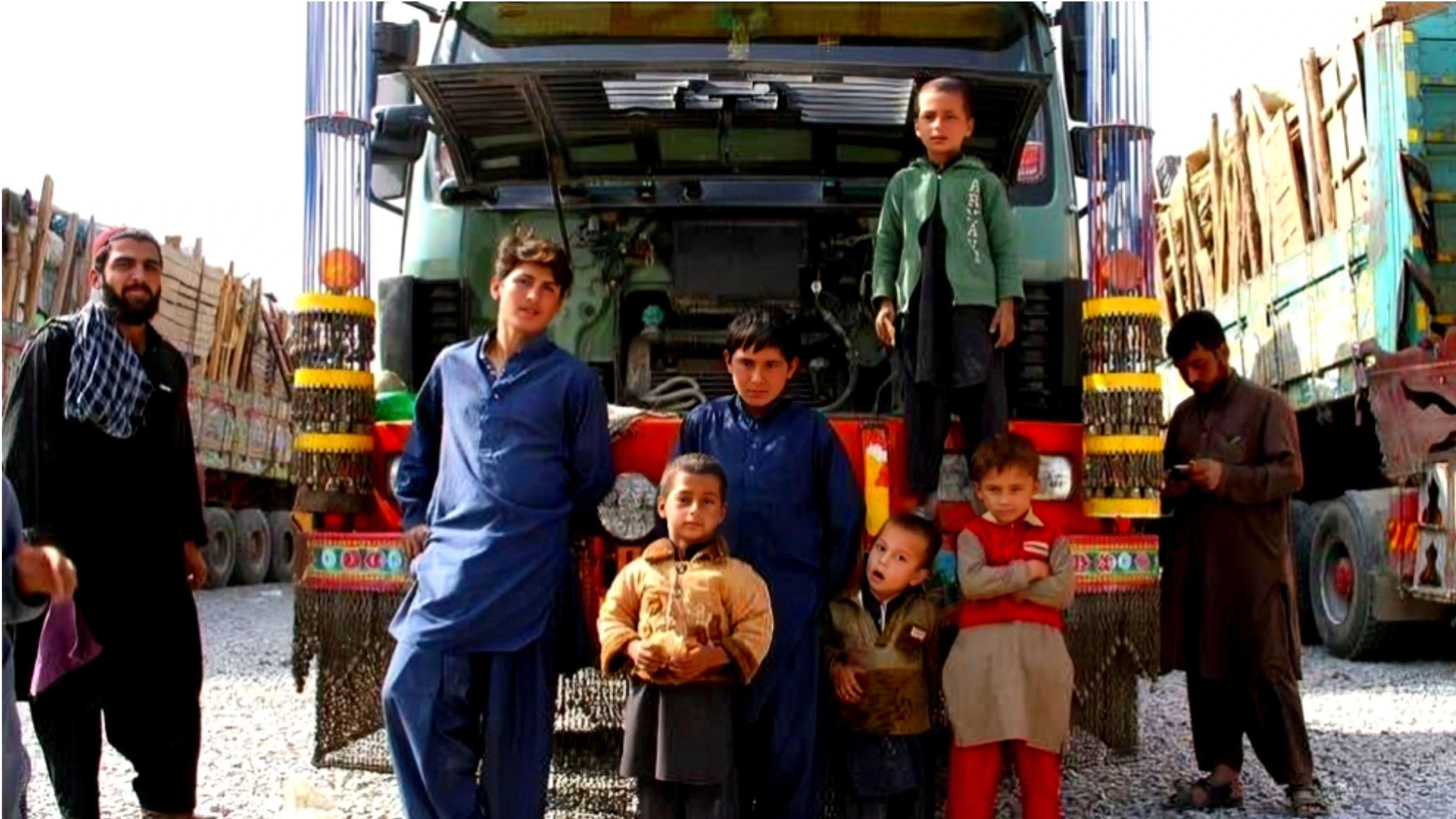Paris: A recent report by the National Observatory on Violence Against Women has revealed a record rise in cases of sexual violence on public transport in France.
The findings show an 86% increase in reported victims since 2016, with 3,374 cases recorded by police in 2024 alone—marking a 6% rise from the previous year and a 9% increase compared to 2022.
The study highlights various forms of abuse, ranging from sexual harassment to rape and attempted rape. Women account for the overwhelming majority of victims, making up over 90% of cases, with 75% of those affected being under the age of 30.
Île-de-France emerged as the most impacted region, with 44% of all reported incidents occurring there. Alarmingly, seven out of ten women in the region reported having faced sexual violence on public transport at some point in their lives.
Urban planning researcher Manon Marguerit from Gustave-Eiffel University noted that while exhibitionists and gropers are often seen as the primary perpetrators, public transport’s confined spaces and overcrowding create an environment where various forms of sexual violence, including verbal harassment and unwanted touching, thrive. These behaviors, though sometimes downplayed, can have lasting psychological effects on victims.
The report also found that men were responsible for 96% of these offenses, with 21% of incidents involving multiple attackers. However, the majority of victims do not report their experiences—only 7% file official complaints, often due to fears of being ignored or a lack of confidence in authorities' ability to take action.
Many victims also experience deep emotional responses, with over one-third reporting feelings of shame, 70% expressing anger, and 60% calling for broader societal change. As a result, women frequently modify their travel habits, adjusting routes, schedules, or even their attire to avoid potential risks.
Additionally, between 2005 and 2024, 152 cases of sexual violence were reported involving transport drivers, including those operating ambulances, buses, and school transport. Of these victims, 67% were minors, and 23% had disabilities.








